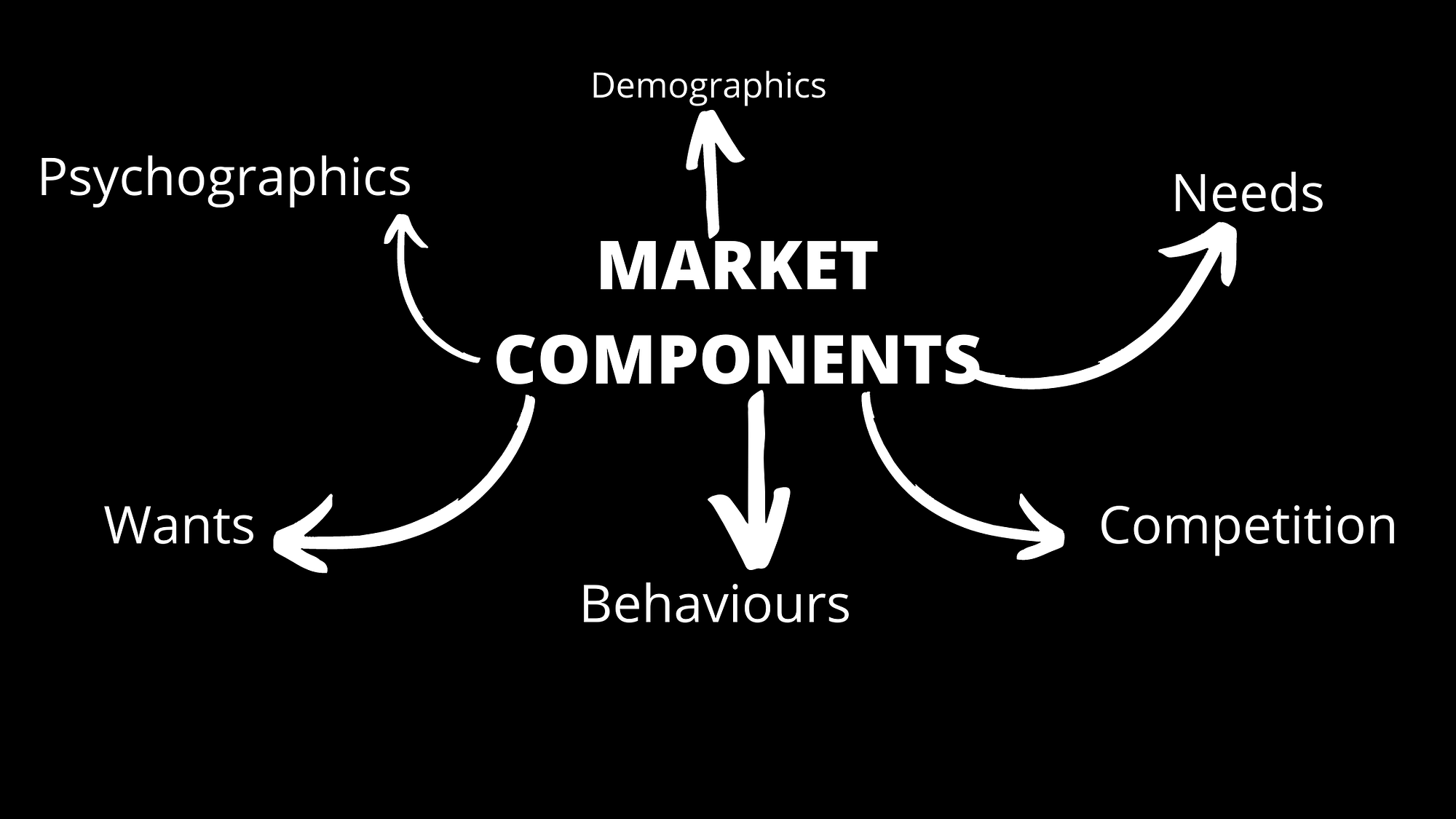No matter how well you think you know your customers, there is always room for improvement when it comes to your marketing strategy. By analyzing your marketing strategy, you can make sure that you are targeting the right customers with the right messages, and that you are using the most effective marketing channels.
There are a number of different ways to analyze your marketing strategy, including customer profiling, competitor analysis, and SWOT analysis. In customer profiling, you identify your target customers and assess their needs and wants. Competitor analysis involves studying your competitors and understanding their strengths and weaknesses. SWOT analysis is a tool for assessing your own strengths and weaknesses, as well as the opportunities and threats that exist in your market.
Once you have a good understanding of your customers, competitors, and the market environment, you can start to develop specific marketing goals and objectives. Your marketing goals should be aligned with your business goals, and should be achievable and measurable.
By analyzing your marketing strategy, you can make sure that you are making the most of your marketing efforts and achieving the results you desire.
1. What are the 4 Types of Market Analysis?

There are four types of market analysis:
1- Industry analysis- This looks at the overall industry, including size, growth rate, major players, and trends.
2- Segmentation analysis- This looks at how the industry is divided up, including by demographics (age, gender, income, etc.), by product type, by geography, and so on.
3- Competitor analysis- This looks at the competition, including their size, market share, products, and strategies.
4- SWOT analysis- This looks at the Strengths, Weaknesses, Opportunities, and Threats of a business or product.
2. What are the six Components of a Market Analysis?

When it comes to understanding your target market, it’s important to have all the necessary components of a market analysis. The six components of a market analysis are:
1) Demographics – This includes information such as age, gender, income, education, occupation, and geography.
2) Psychographics – This includes information such as lifestyle, interests, and opinions.
3) Behaviours – This includes information such as how often they purchase, what they purchase, and how they make their purchase decisions.
4) Needs – This includes information such as what needs the product or service fulfills for the target market.
5) Wants – This includes information such as what benefits the product or service provides and what value they place on those benefits.
6) Competition – This includes information such as who the competition is, what they offer, and how the target market perceives them.
3. What are the 5 C’s of Marketing Analysis?
There are five key factors to consider when analyzing your marketing strategy:
1- Customers: who are they, and what do they want?
2- Competition: what are they doing, and how can you differentiate yourself?
3- Content: what is your message, and how can you make it stand out?
4- Context: where and how will your message be delivered?
5- Cost: what are your resources, and what can you afford to spend?
4. Conclusion – Marketing Analysis
So, what is the key to success when it comes to marketing? The answer is simple – analyzing your marketing strategy and making necessary adjustments to ensure that you are hitting your target audience. Below are four steps to help you get started:
1- Define your target audience. This may seem like a basic step, but it is important to take the time to define your target audience as specifically as possible. Who are you trying to reach with your marketing efforts?
2- Analyze your current marketing strategy. What is currently working and what is not? What channels are you using and are they the most effective for your target audience?
3- Make adjustments. Based on what you have learned, make necessary adjustments to your marketing strategy. This may include adjusting your budget, changing your target audience, or revamping your marketing channels.
4- Measure the results. track the results of your new strategy and make necessary adjustments along the way. Continue to monitor and track your results to ensure that your marketing efforts are continuing to be successful.
How A Marketing Agency Can Help Grow Your Business?Read More…
